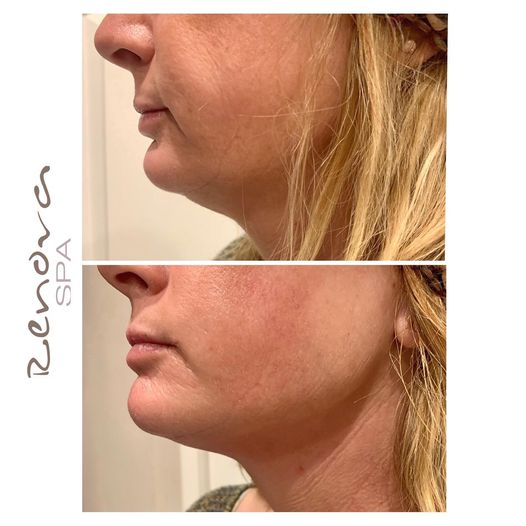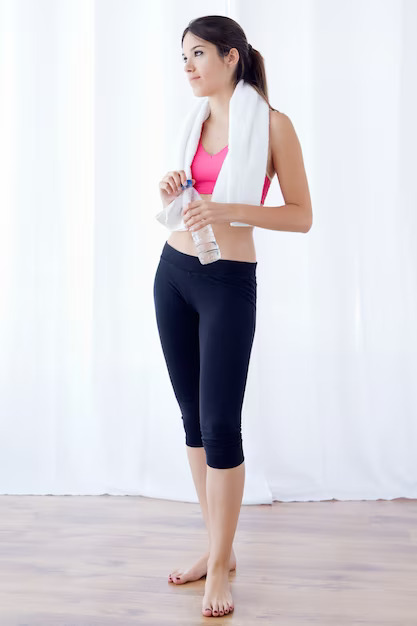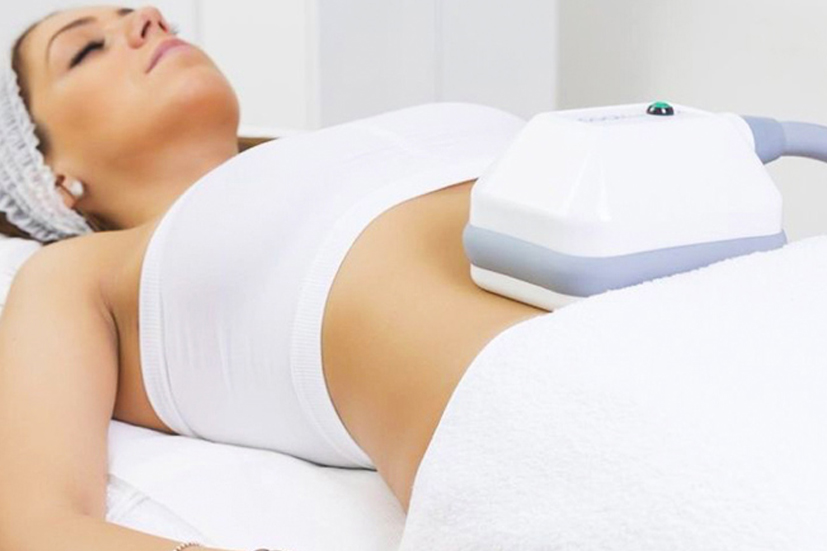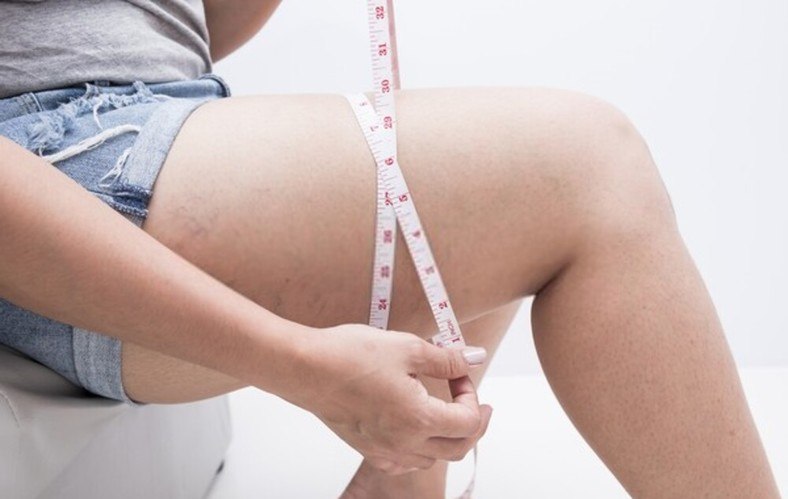Introduction to Body Contouring
In today’s image-conscious world, achieving the ideal body shape has become a common goal for many individuals. While diet and exercise play essential roles in maintaining a healthy lifestyle, some stubborn areas of fat may persist, resisting even the most dedicated efforts. Enter body contouring, a revolutionary approach that targets and sculpts those areas, helping individuals achieve their dream physique without resorting to invasive surgery. In this comprehensive blog, we will explore the world of body contouring, its various techniques, benefits, and considerations, to empower you to make an informed decision in your journey towards a confident new you.
I. Understanding Body Contouring
Body contouring is a cosmetic procedure designed to shape and sculpt specific areas of the body, improving overall body proportions and achieving a more balanced and aesthetically pleasing appearance. This process involves removing excess fat and skin while toning and tightening the underlying tissues.
A. Non-Surgical vs. Surgical Body Contouring
Non-Surgical Body Contouring:
Non-surgical body contouring utilizes advanced technologies like cryolipolysis, radiofrequency, laser lipolysis, and ultrasound to target and eliminate stubborn fat cells. These procedures are non-invasive, meaning they require no incisions, anesthesia, or downtime.
Surgical Body Contouring:
Surgical body contouring procedures, on the other hand, involve invasive techniques like liposuction, tummy tucks, arm lifts, and thigh lifts. These procedures are generally more aggressive and effective for larger areas of fat and loose skin.

II. Popular Non-Surgical Body Contouring Techniques
A. Cryolipolysis: Freeze Away Fat
Cryolipolysis, also known as “fat freezing,” is a popular non-surgical body contouring technique. During the procedure, an applicator delivers controlled cooling to target and freeze fat cells without harming surrounding tissues. The frozen fat cells are then naturally eliminated by the body over the following weeks.
B. Radiofrequency (RF) Body Contouring: Heating Things Up
RF body contouring uses radiofrequency energy to heat the targeted areas of fat, causing the fat cells to break down. Additionally, the heat stimulates collagen production, resulting in firmer and tighter skin.
C. Laser Lipolysis: Melting Fat Away
Laser lipolysis, or laser-assisted liposuction, utilizes laser energy to liquefy fat cells, making them easier to remove through a small cannula. This technique also promotes skin tightening for enhanced results.

III. Benefits of Body Contouring
A. Enhanced Body Shape and Proportions
Body contouring procedures effectively remove excess fat and sagging skin, resulting in improved body proportions and an enhanced overall shape.
B. Boosted Confidence and Self-Esteem
Achieving a more sculpted and toned physique can significantly boost confidence and self-esteem, empowering individuals to feel more comfortable and positive about their appearance.
C. Long-Lasting Results
With proper post-procedure care and a healthy lifestyle, the results of body contouring can be long-lasting, providing patients with a sustainable transformation.
IV. Ideal Candidates for Body Contouring
Body contouring is best suited for individuals who:
Have reached a stable weight and are close to their ideal body weight.
Are in good overall health and do not have any medical conditions that may impair healing.
Have realistic expectations about the outcomes of the procedure.
V. What to Expect During and After the Procedure
A. Consultation and Treatment Plan
Before undergoing any body contouring procedure, a comprehensive consultation with a qualified cosmetic surgeon is crucial. The surgeon will assess your goals, medical history, and body composition to create a personalized treatment plan tailored to your unique needs.
B. The Procedure Process
The specific steps of the body contouring procedure will vary depending on the technique used. Non-surgical treatments typically involve minimal discomfort and require little to no downtime, while surgical procedures may require more extensive preparation and recovery.
C. Post-Procedure Recovery and Results
After the procedure, patients will be given specific post-operative instructions to ensure a smooth recovery. Swelling and bruising are normal and will gradually subside, revealing the final results of the body contouring procedure.
VI. Maintaining Body Contouring Results
Maintaining the results of body contouring involves adopting a healthy lifestyle that includes regular exercise and a balanced diet. While body contouring permanently removes fat cells, weight fluctuations can still impact overall body shape.
Conclusion:
Body contouring offers a transformative solution for individuals looking to sculpt their bodies and achieve a more confident self-image. With advancements in both non-surgical and surgical techniques, body contouring has become more accessible and safer than ever before. If you’re considering body contouring, consult with a qualified cosmetic surgeon to explore the available options and find the best treatment plan for your specific goals.
Remember, the success of body contouring depends on setting realistic expectations, choosing a skilled practitioner, and committing to a healthy lifestyle post-procedure. Embrace the possibilities of body contouring, and let it be the catalyst for your journey towards a happier and more confident you! Contact us today!












